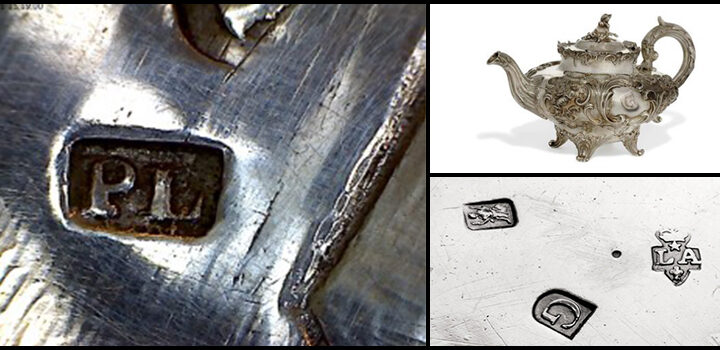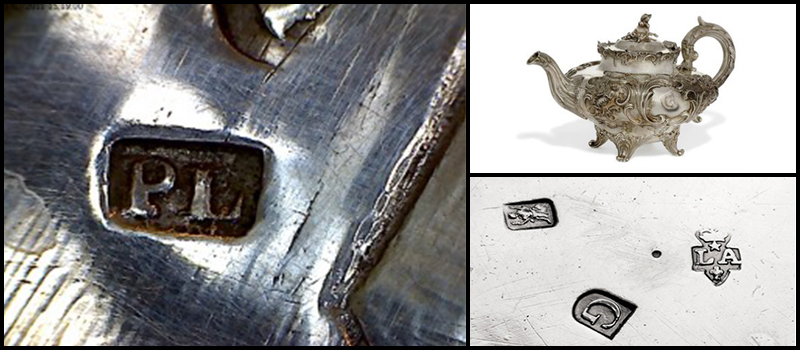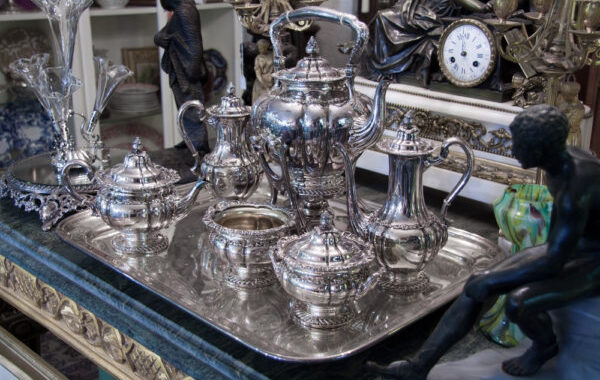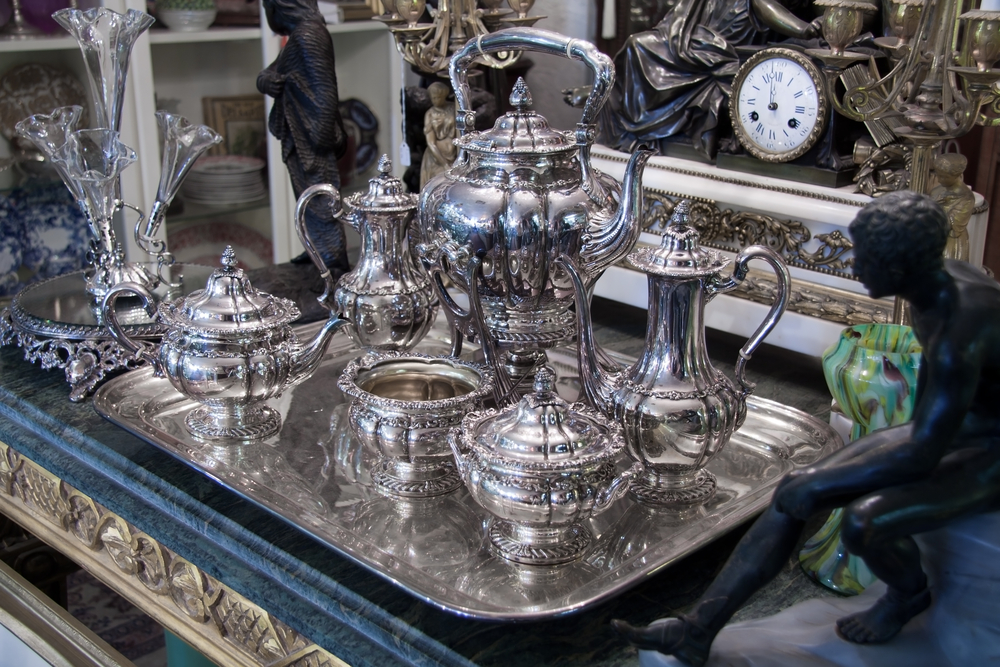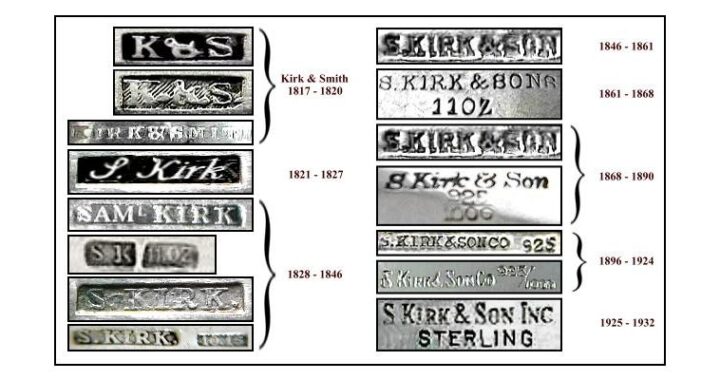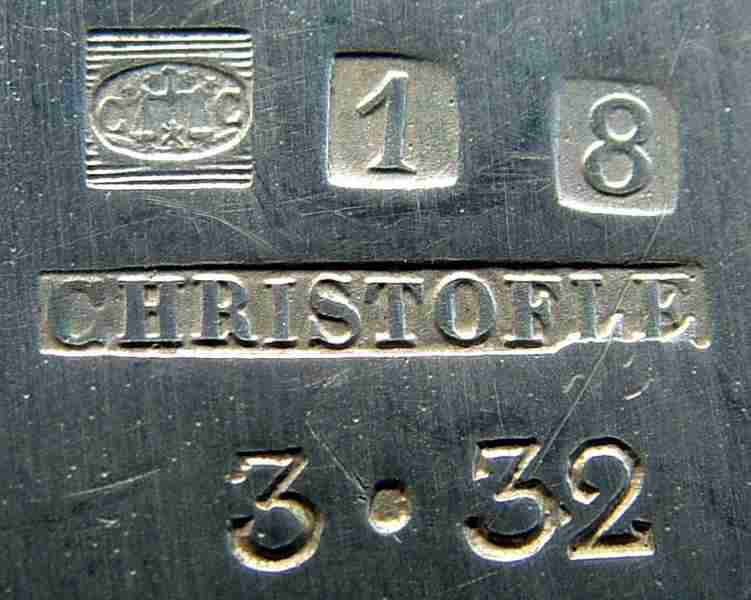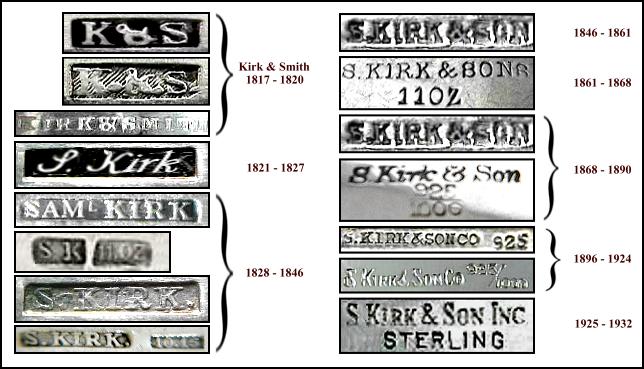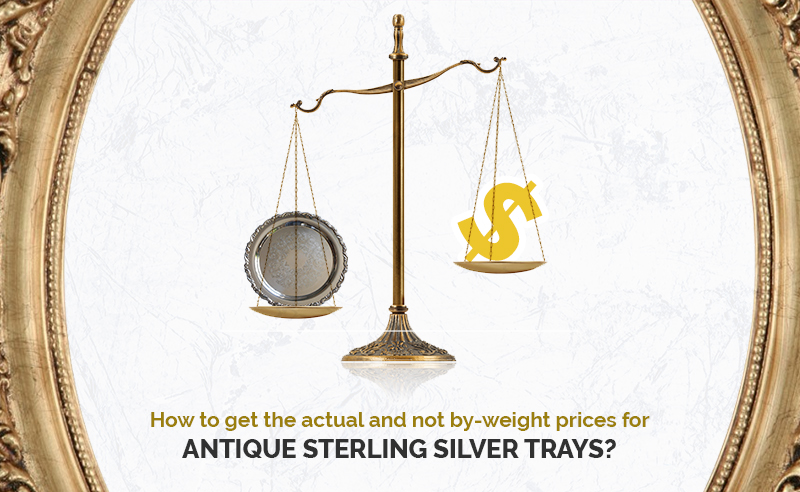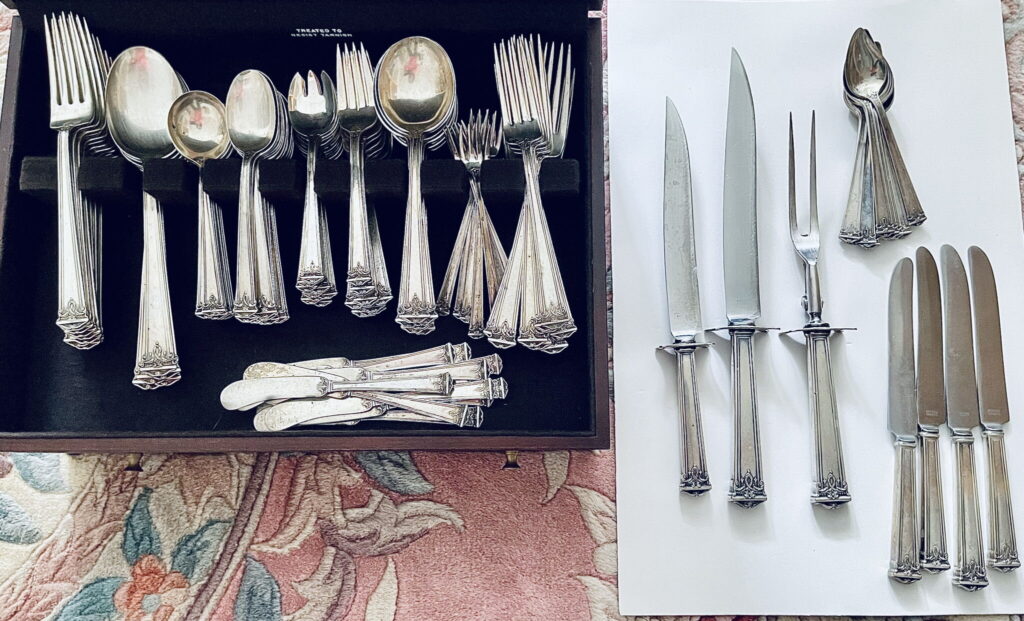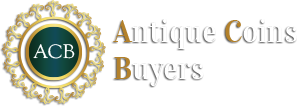Do you know? The interesting history behind the silver spoons? In middle ages, during babies baptism (christening by some faith traditions), silver spoons were gifted as a tradition. It is to be said that gifting such precious pieces were considered to be mystic and ward off evil spirits. From middle ages to present time, people still keep antique silver spoons in their home. After all it’s a symbol of wealth.
Apart from these, due to their aesthetic and monetary value, such pieces are always contemplated to be valued good. But the question is that is it valued premium as compared to other silverware? What things makes it valuable? Let’s find out…

What makes an antique silver spoon truly valuable?
Many antique dealers from all across the world always quote old silver spoons are one of the great choice of the collectors. The vivid variety excites every vintage silver buyers to own the collection.
To make it more easier for you to understand, we’ve noted down the list of things which are examined. Check them out:
1. History
First thing that tells ancient silver spoons are worth anything is their historical presence. In today’s fastest-growing industries, antique items are recognized as a treasure. So, the older the item, the higher its worth.
2. Design and carvings
The other thing considered when appraising the old piece is its design. You must be familiar that carvings on the spoons highlight beauty and craftsmanship. More beautiful and unique designs, the more chances of an increase in the price.
3. Quality
Ofcourse, a good condition pieces are always chosen to be sold or bought. If the quality is fine, i.e., no damage and 100% originality, you can expect your vintage silver spoons to be preciously worthy.
4. Craftsmanship
Brands like Roger, Gorham, Frank Smith, Christofle, & other old silver companies make silver spoons and put their brand marking. If the craftsmanship is done by a famous brand, changes are extremely higher. Also, if the crafting done 500 years ago then you can benefit alot more from the silver buyers out there.
So, these are the 4 things which are analyzed by an antique silver appraiser to fetch out the right price. Hence, antique silver spoons are worthwhile to buy and sell.
Important note:- It is also to be said that size of the silver spoon play an important role in analyzing the price. The larger the size, higher the price. But sometimes, the above-mentioned points when comes in a favor of smaller ones, the worth can increase than the larger ones too.
What to do next?
After reading this blog post, you are now well aware about the worth of silver spoons. Now you’re ready to sell your silverware.
We at Antique Silver Buyers, we buy and appraise every types and era of silverware. If you have been searching for where to sell silver near me, we’ve got you covered. Contact us today to sell or appraise your antique silver pieces and receive highest premium.
We would love to hear from you and assist you with our personalized services. 🙂


